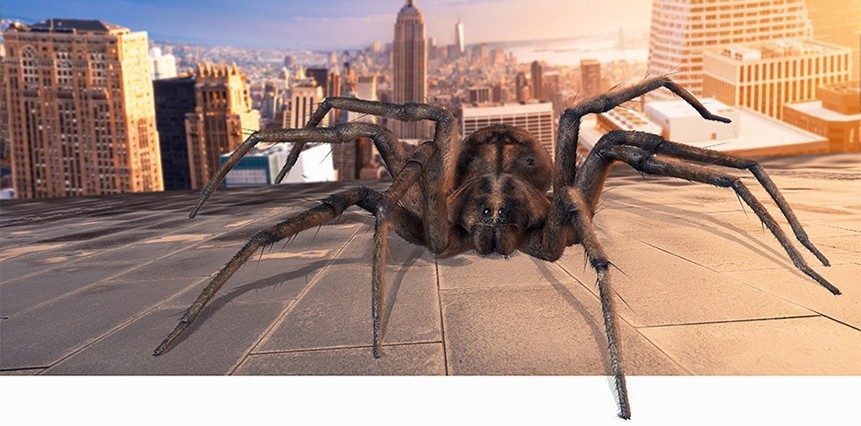Like Marvel's friendly neighborhood Spider-Man who is famed for his 'spidey-sense', superheroes rely on extra-sensory powers to detect danger and protect their cities.
Luckily, with today’s technology, pilots don’t have to expose themselves to radioactive spider bites, cosmic rays or toxic chemicals to get similar superpowers.
Super Vision

Superman’s keen gaze can see through everything, except kryptonite. Helicopter pilots who fly through degraded visual environments, or DVEs, are close to getting a similar power.
A DVE can be created by the aircraft itself, like a brown out caused by kicked up dirt, or rain, smoke or fog.
BROWN OUT EXPLAINED
In remote, desert environments, when an aircraft is approaching a landing zone, sand, dirt and dust often kick up, obscuring the pilot’s visual reference with the ground. This can cause the helicopter to drift or even collide with the ground.
Many companies are trying to find a solution to DVE. One technology touted by Lockheed Martin to tackle the problem is sensor fusion—the process of blending data from multiple sensors to build a complete picture.
“No single sensor generates imagery that enables a pilot to see through all the DVE clutter,” said Byron Simpson, Lockheed Martin research engineering director. “Our Multi-Modal Sensor Fusion technology merges imagery from multiple sensors—think infrared, video and radar—and projects a cleaned-up image to the pilot’s display. That enables helicopter aircrews to operate more safely.”
Spider Senses

“Sensor technology is allowing forces to go beyond their physical senses...”
One of Spider-Man’s most unique powers is his ‘spidey sense.’ It allows him to detect danger by a tingling feeling in his head. The closer the danger, the greater the tingling sensation.
Instead of having to experiene radioactive spider bites, pilots can detect incoming threats using infrared (IR) sensor systems.
IR sensors are capable of picking up heat emitted by an object and detecting motion. You can imagine how this might be helpful on aircraft—like pin-pointing enemy aircraft or sensing the flash of a missile fired from dozens of miles away.
“Sensor technology is allowing forces to go beyond their physical senses,” Simpson shared. “It can give crews not just great awareness of the enemy presence in the area, but it can do so while keeping warfighters out of harm’s way.”
IR sensors on board satellites can provide surveillance on a global scale.
For example, the Space Based Infrared System constellation tracks “hot spots” of infrared light using remote sensing data which can be applied to many different missions.
DARING DETECTION
Though blind, Daredevil compensates with enhanced senses that allow him to detect people around him—without tipping them off. The advanced sensor system, Legion Pod, is giving pilots a similar edge.
Legion Pod can detect and track other aircraft that radars have trouble detecting. But its biggest advantage is that it’s a passive sensor, meaning it works without emitting any electromagnetic energy at all.
And since Legion Pod can operate multiple sensors at once, its “sensing” power is even stronger, allowing it to detect and track the most dangerous threats from farther distances.
While we wouldn’t quite call it a tie, it looks like there are a few different ways to get superpowers. We’ll leave it up to you decide how the technology compares with the "real" deal.




